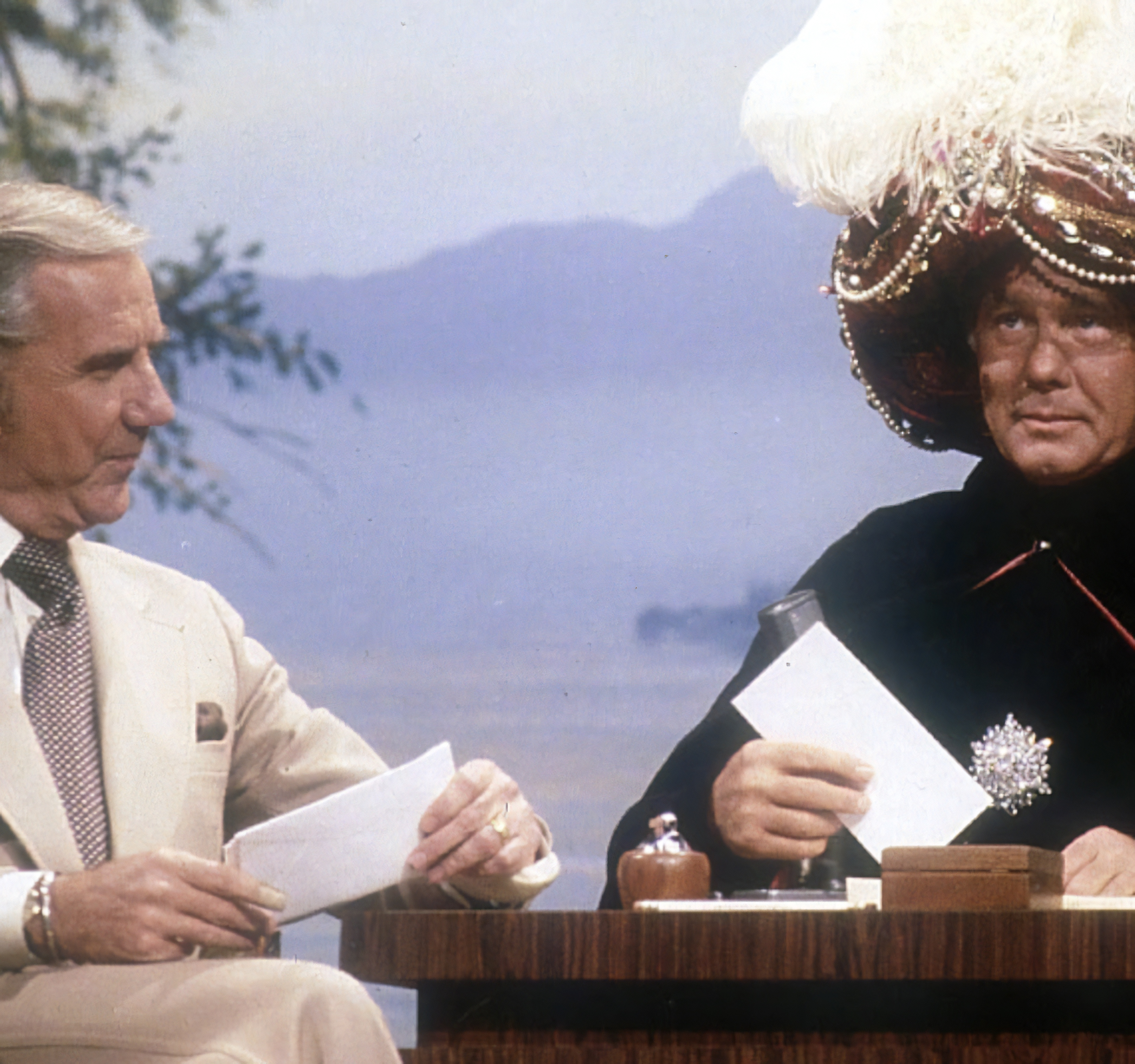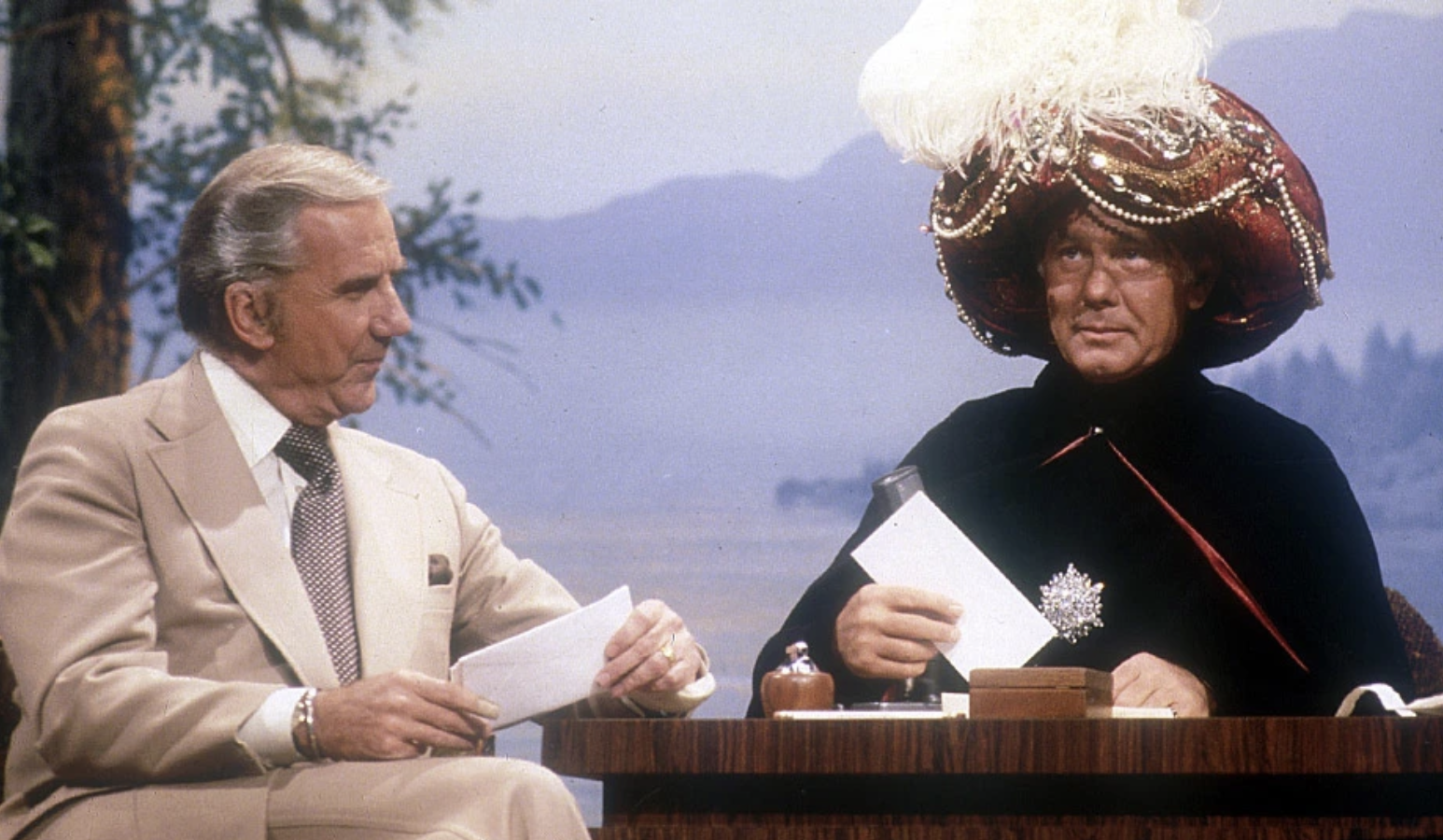
The Decline of Talk Shows
by Alison Isko

Johnny Carson was the third and longest-running host of “The Tonight Show.” After replacing Jack Parr in 1962, he ruled late-night television for the next 30 years. And people loved him. The show reached 9 million viewers per episode, which is no small feat. Today’s top late-night show, “The Late Show With Stephen Colbert,” averages a third of that number.
But why is this the case? With television’s growth, it seems only natural that viewership would grow with it. One answer is the decline of network television and an increased number of shows to watch. But the other is simple: likeability.
Carson’s departure from late-night television marked the end of an era. A crop of new late-night shows popped up, but none of them reached his heights. Even Carson’s successor, Jay Leno, was unsuccessful. During Leno’s stint as host, “The Tonight Show’s” runtime was cut from an hour and a half to an hour, and the show’s support dropped—most significantly with viewers aged 18-45.
Carson wasn’t a comedian. He was able to be funny, but his greatest strength came from his conversation. Leno wasn’t charming, so people didn’t want to watch him.
There are some good hosts today, such as Colbert. But he is vastly outnumbered. Even Jimmy Fallon, the current host of “The Tonight Show,” isn’t very watchable. While he’s considered a better host than Leno, Fallon’s jokes often sound the same and he frequently cuts off guests’ stories to offer a grating opinion. You can’t look at his YouTube channel without noticing hundreds of comments saying that the video would benefit from him speaking less.
Late-night has also become more divided. Carson didn’t care about bringing politics into his show, so it reached a broader audience. Jimmy Kimmel, the host of “Jimmy Kimmel Live,” has stated that he doesn’t care about losing Republican viewers, so his show’s demographic is 72% Democrats. Despite this, he’s considered one of late night’s more apolitical hosts.
The politics of late-night shows makes sense. There is less overlap between Democrats’ and Republicans’ political views since Carson’s time, and it has become especially necessary to have a solid political view over the past few years due to the controversy surrounding the Trump administration. It is true that the Federal Communications Commission’s fairness doctrine, which required network television to present both sides of controversial issues, was in place until 1987, meaning that politicized talk shows were not as feasible. However, the doctrine was lifted before the end of Carson’s tenure as host, who maintained he wanted to remain distant from politics. Today, stating you want to remain apolitical so as not to offend anyone is not something that is taken well.
However, viewers on both sides of the political spectrum say that they wish that late-night shows—not including shows based on current events such as Trevor Noah’s “The Daily Show With Trevor Noah”—were less political, specifically in reference to monologues. The monologues can often start to sound the same as they’re on similar topics—five late night hosts once made the same joke about Trump in the same night—and don’t always relate back to the average viewer.
Jon Rineman, a professor at Emerson college, wrote an article in which he discusses his students’ views on late-night television. In it, he mentions that they find late-night shows patronizing. Late-night shows’ target demographic is 18-34-year-olds, but their head writers are often older. There is a generational gap at play. Writers don’t know what younger audiences want to see, so the shows remain stagnant.
Some effort has been made recently. Late-night TV has begun embracing a social media-esque format, using skits and competitions as a replacement for lengthy sit-down interviews. As potential viewers, especially millennials and Gen Z, frequently learn about celebrities from Tik Tok, Twitter, and Instagram, that information doesn’t need to be recapped on a talk show. But while these changes have increased YouTube views, they have done little else.
Representing a larger segment of the population on those shows will cause audiences to grow and diversify in a way that silly skits will not. Many potential young audience members wish there was more diversity on late-night TV in terms of hosts’ races, genders, and sexualities. They know what they want, so it’s up to producers to listen.
What can be done? Shows can try to adapt to modern viewers. But given the current state of late-night TV, that doesn’t seem very likely.



